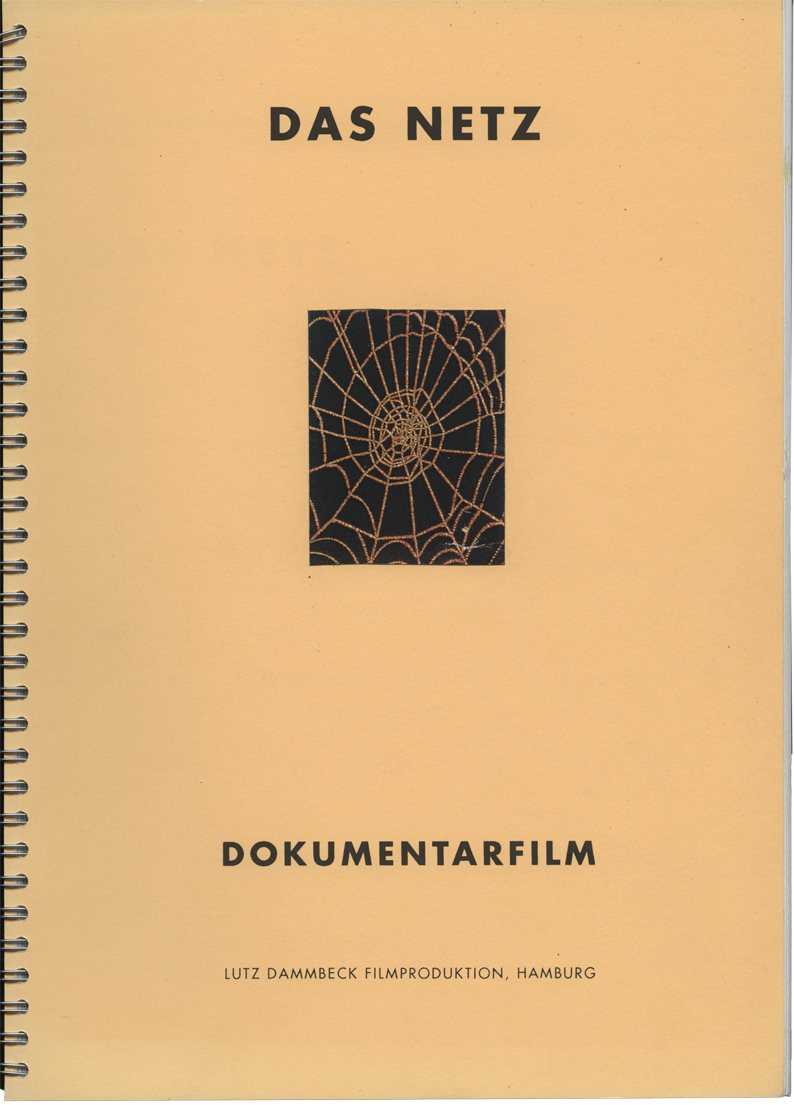Tiqqun: This Is Not a Program (2001/2011)
Filed under book | Tags: · biopolitics, capitalism, critique, critique of technology, cybernetics, resistance, surveillance

“Traditional lines of revolutionary struggle no longer hold. Rather, it is ubiquitous cybernetics, surveillance, and terror that create the illusion of difference within hegemony. Configurations of dissent and the rhetoric of revolution are merely the other face of capital, conforming identities to empty predicates, ensuring that even ‘thieves,’ ‘saboteurs,’ and ‘terrorists’ no longer exceed the totalizing space of Empire. This Is Not a Program offers two texts, both originally published in French by Tiqqun with Introduction to Civil War in 2001. In This Is Not a Program, Tiqqun outlines a new path for resistance and struggle in the age of Empire, one that eschews the worn-out example of France’s May ‘68 in favor of what they consider to be the still fruitful and contemporary insurrectionary movements in Italy of the 1970s. ‘As a Science of Apparatuses’ examines the way Empire has enforced on the subject a veritable metaphysics of isolation and pacification, “apparatuses” that include chairs, desks, computers; surveillance (security guards, cameras); disease (depression); crutch (cell phone, lover, sedative); and authority.
Tiqqun’s critique of the biopolitical subject and omnipresent Empire is all the more urgent as we become inured to the permanent state of exception that is the War on Terror and to other, no less intimate forms of pacification. But all is not lost. In its unrelenting production of the Same, Empire itself creates the conditions necessary for the insurrection to come.”
Originally published by Editions La Fabrique in 2009. Earlier published in issue 2 of Tiqqun (2001).
Translated by Joshua David Jordan
Publisher Semiotext(e), 2011
Intervention series, 7
ISBN 1584350970, 9781584350972
215 pages
PDF (updated on 2017-6-26)
Comment (1)Virginia Eubanks: Digital Dead End: Fighting for Social Justice in the Information Age (2011)
Filed under book | Tags: · critique of technology, digital divide, information economy, neoliberalism, participation, technology

The idea that technology will pave the road to prosperity has been promoted through both boom and bust. Today we are told that universal broadband access, high-tech jobs, and cutting-edge science will pull us out of our current economic downturn and move us toward social and economic equality. In Digital Dead End, Virginia Eubanks argues that to believe this is to engage in a kind of magical thinking: a technological utopia will come about simply because we want it to. This vision of the miraculous power of high-tech development is driven by flawed assumptions about race, class, and gender. The realities of the information age are more complicated, particularly for poor and working-class women and families.
Describing her attempts to create technology training programs with a community of resourceful women living at her local YWCA, Eubanks shows that information technology can be both a tool of liberation and a means of oppression. High-tech jobs for women in the YWCA community are data entry positions that pay $7 an hour. At work, their supervisors monitor every keystroke. The state offers limited social service benefits in exchange for high-tech monitoring and surveillance of their lives, families, and communities.
Despite the inequities of the high-tech global economy, optimism and innovation flourished when Eubanks and the women in the YWCA community collaborated to make technology serve social justice. Eubanks describes a new approach to creating a broadly inclusive and empowering “technology for people,” popular technology, which entails shifting the focus from teaching technical skill to nurturing critical technological citizenship, building resources for learning, and fostering social movement.
Publisher MIT Press, 2011
ISBN 026201498X, 9780262014984
266 pages
a lecture by the author (video)
PDF (updated on 2012-9-23)
Comments (2)Lutz Dammbeck: Das Netz (2003) [German]
Filed under screenplay | Tags: · computing, critique of technology, cybernetics, history of computing, history of technology, machine, silicon valley, technology

“1930 erschüttert der Wiener Mathematiker Kurt Gödel mit seinen Unvollständigkeitssätzen die Grundlagen der Mathematik. 1968 arbeitet der Physiker und Ingenieur Heinz von Foerster in seinem Biological Lab an der Universität von Illinois an der Verschmelzung von digitalen und biologischen Systemen. 1995 verhaftet das FBI in der Wildnis Montanas den ehemaligen Mathematik- professor Theodore J. Kaczynski als den „Unabomber“. Was verbindet diese Personen, Orte und Ideen zu einem Netz? Die Suche nach einer Antwort führt zurück in die 40er bis 60er Jahre des vergangenen Jahrhunderts, wo sich in Wissenschaft, Kunst und Technologie die Horizonte nach allen Seiten zu öffnen scheinen. Mit Kybernetik, Multimediakunst und militärischer Forschung werden die Fundamente der Moderne neu gesetzt. Das wird die Basis für heute weltweit vernetzte Maschinensysteme, die von Mathematik, Logik und binären Codes bestimmt werden. „Das Netz“ zeigt Konstrukteure, Maschinisten und Agenten dieser Systeme. Einer steigt aus, und versucht die Maschinen zu stoppen. Aber um welchen Preis.”
28 pages
PDF (30 MB, updated on 2020-4-17)
JPG

